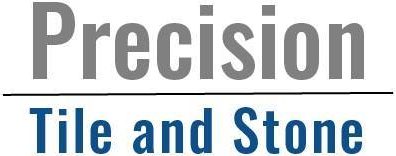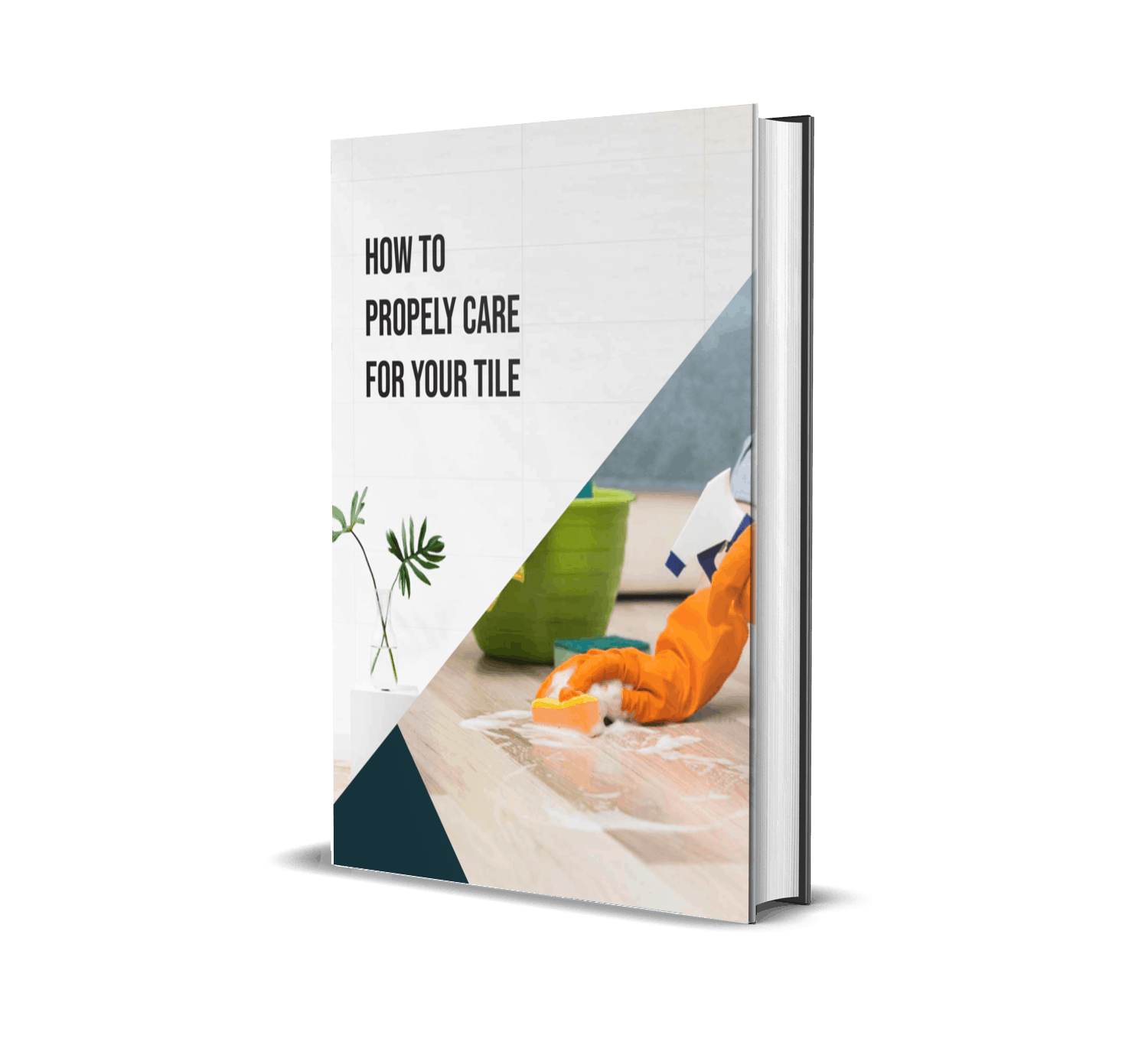Even though tiling is a skilled task that requires some planning, we could help you by providing a guide for affordable solutions to save on tile installation costs in Parsonsburg, MD while still getting the greatest result. We’re here to give you the best tile advice and information to help you get a stunning finish, whether you’re tiling a kitchen splashback, shower floor, entire bathroom, or any other little area that requires your skills, like a fireplace.
Affordable Solutions To Save On Tile Installation Costs
Tile installation creates a beautiful, durable, and cleanable floor. With a little preparation and perseverance, you can save on tile installation costs. Here are the general steps for tile installation.
Step #1: Select The Appropriate Tile
Selecting the type of tile you want may often be difficult because there are so numerous options available, each with unique advantages and disadvantages. It’s also important to think about where your tiles will be placed. Because the kitchen and hallway are high-traffic areas, you will need a long-lasting product if you choose to tile them.
Step #2: Cut Ceramic Tiles Properly
When cutting your tiles, you will need to use either an electric or manual tile cutter, depending on the material you need to cut. Typically, cutters are used to manually cut standard ceramic and porcelain tiles. Power cutters are used to cut natural stone and more severe tiles, including 20mm porcelain.
Step #3: Prepare The Surface
Before you start, make sure the surfaces you’ll be doing the work on are clean, dry, and—most importantly—flat. If you’re replacing your walls with tile, start by removing it to expose the plaster. Remember to use primer after patching any holes or cracks you find with the proper filler. When this dries, you are ready to start tiling!
Step #4: Combine The Adhesive
Following the manufacturer’s instructions on the packaging is the simplest way to mix your adhesive. There are many different types and brands of adhesive, and each has different requirements to achieve the desired consistency. Keep combining your adhesive until it becomes as thick as peanut butter.
Step #5: Apply The Adhesive On
In dry areas, such as fireplaces and dry floors, the adhesive must be applied with a minimum of 85% full coverage underneath tiles; in exterior and wet areas, such as showers and bath surrounds, the coverage must be 95%. It’s also important to remember that you should use a tile trowel for combing the adhesive in straight lines.
It is simpler for the adhesive to break down during tile installation if the ridges are applied in straight lines. Removing more air from the glue ensures a better bond between the tile and the adhesive.
Step #6: Lay The Tile In Place
When it’s time to lay your tile down, be sure to “back-butter” it with an adhesive. To improve the bond between the mortar on your tile and the mortar on the floor, back buttering is a great technique.
Best Tile Tools
It’s time to use the best practical tools to save on tile installation costs!
Adhesive
It’s important to choose the appropriate adhesive for the tile you intend to use for your project. The size and type of tile, as well as the kind of substrate you’re tiling on, all play a big part in selecting the best adhesive.
Electric Mixer
For DIY, you should review and perhaps purchase the best electric mixer available to ensure a solid bond and a long-lasting installation overall.
Grout Sponge
Because grout sponges have curved edges instead of flat ones, they will slide over tiles with ease as they clean. A regular dish sponge won’t work because the edge would probably pull up the grout, so you’ll need to reapply it.
Level
Without a level, a tiling project cannot begin. A level is actually a must-have item for each homeowner’s toolkit. To make sure the tile is even and flat on the wall or floor, you should use this tool. It can also be a useful tool for drawing lines that are straight.
Manual Tile Cutter
It’s not always necessary to remove all of the power equipment for a modest tiling project. A manual tile cutter might be a better option. Since the machine can only operate as quickly as you do, there is no need to be concerned about it overheating.
Notched Trowel
Where you lay the tile will determine the kind of notch you’ll need. Trowels with square notches, for example, are ideal for floor tile adhesives, whereas trowels with V-notches are better for wall tile adhesives.
Paddle Mixer
To save on tile installation costs, you can buy a dry thin-set and mix it yourself, but you’ll need a drill attachment for a paddle mixer. If you try to mix it by hand, you’ll get tired very fast and leave big, difficult-to-work-out pieces that will make your tiling task more difficult than it needs to be.
Rubber Bucket
Although a plastic bucket is frequently seen, using a rubber bucket for mortar and grout will simplify your life. Compared to plastic, the rubber material makes it more difficult for mortar to stick to the bucket.
Rubber Mallets
One certain way to break tile is to pound it with a regular hammer. This is the point at which a rubber mallet is useful. The tile can be knocked into place by lightly hitting it with a rubber mallet, but you still can’t swing it around like a sledgehammer.
Tile Spacers
As the name implies, this tool makes sure you keep a specific distance between each tile. The tiles will probably move into one another if you don’t employ a spacing tool of some kind, leaving no space for grout later. This would save on tile installation costs because you wouldn’t have to hire a professional to lay the tile or start over after making mistakes.
Wet Tile Saw
In order to keep the saw or the tile from overheating, a wet saw employs water during the cutting process. Investing in a wet tile saw is necessary, but if you can cut tile, you’ve overcome one of the most challenging aspects of tile installation.
Conclusion
There are several methods to save on tile installation costs. Nonetheless, the aforementioned tile installation guide is merely a general step. Always follow the manufacturer’s instructions and any applicable building codes while tiling a floor.
It will require several days to build a tile floor. It takes time for everything to dry, as well as for the tile to be laid and any old flooring to be removed, so you won’t be able to walk on the floor immediately away. You can definitely avoid doing it again and save on tile installation costs if you have the best tools available and use the right method.

